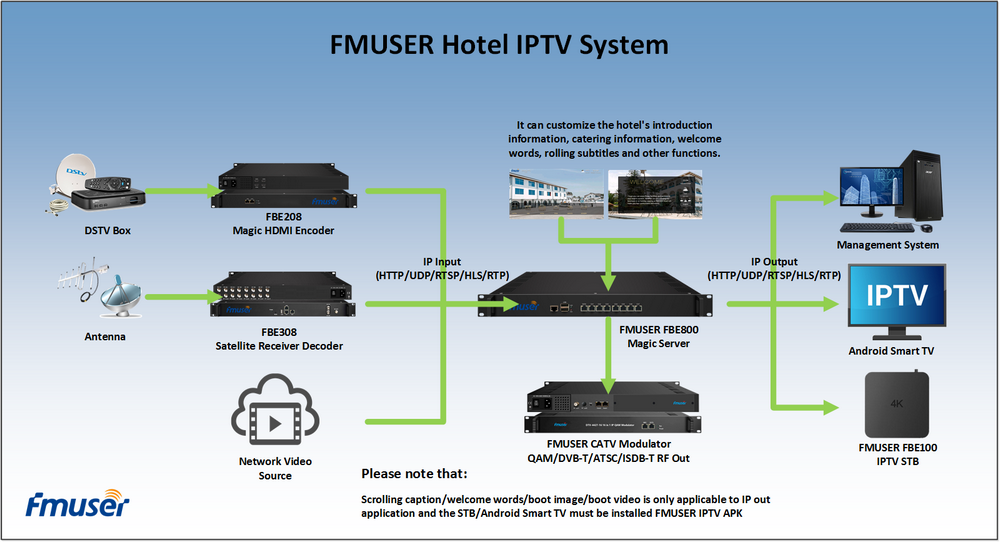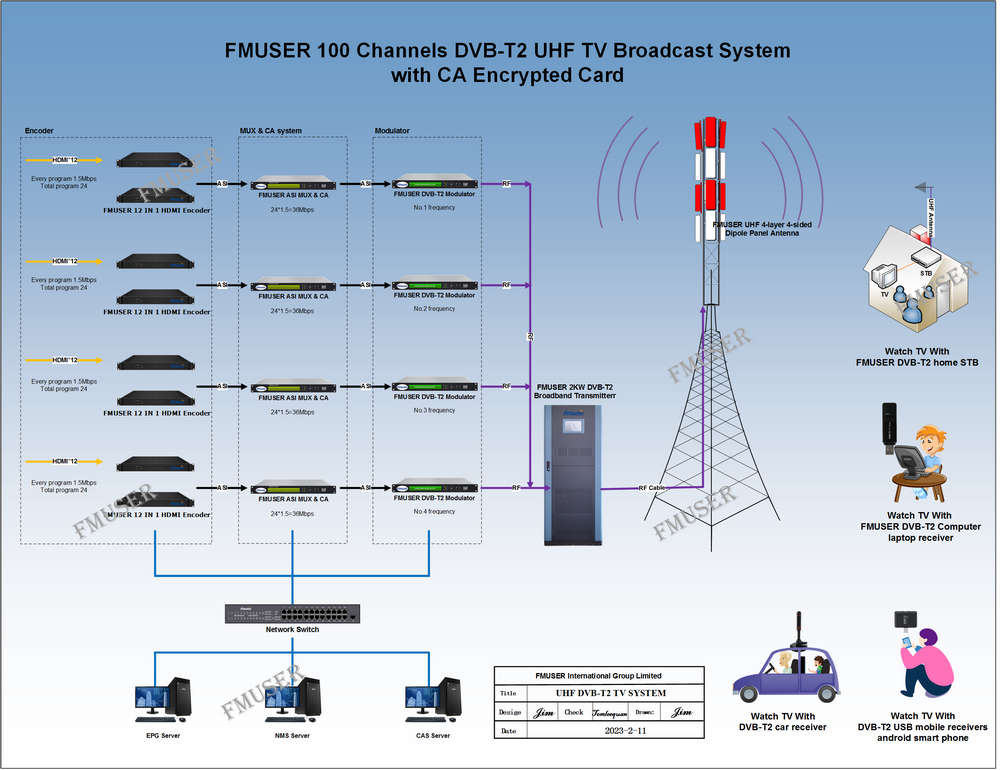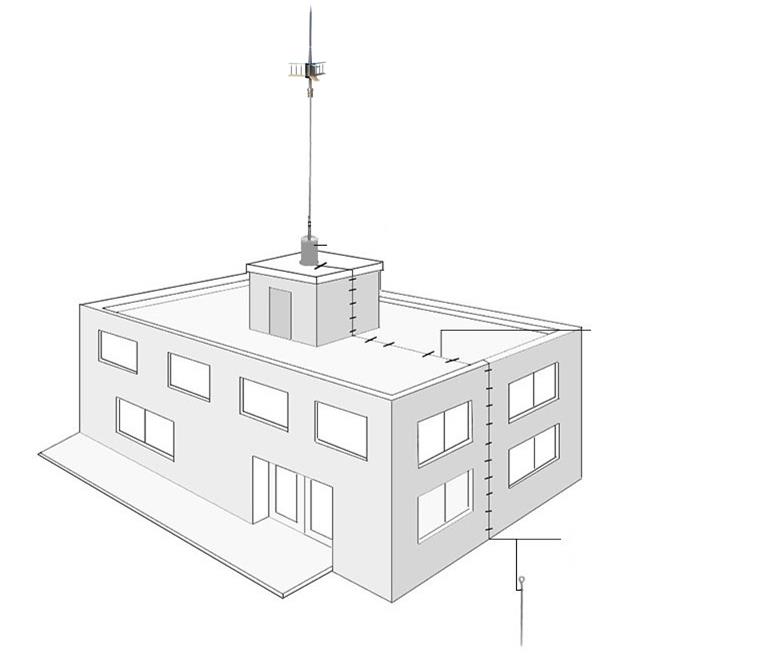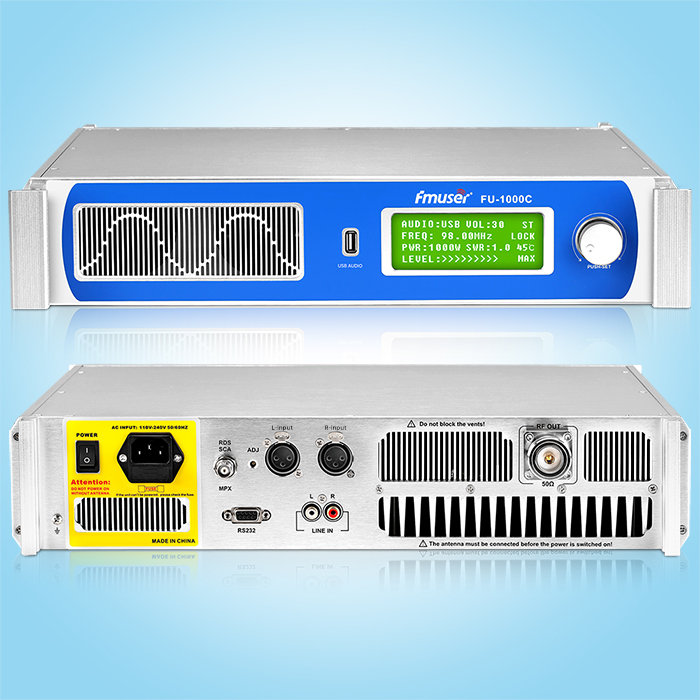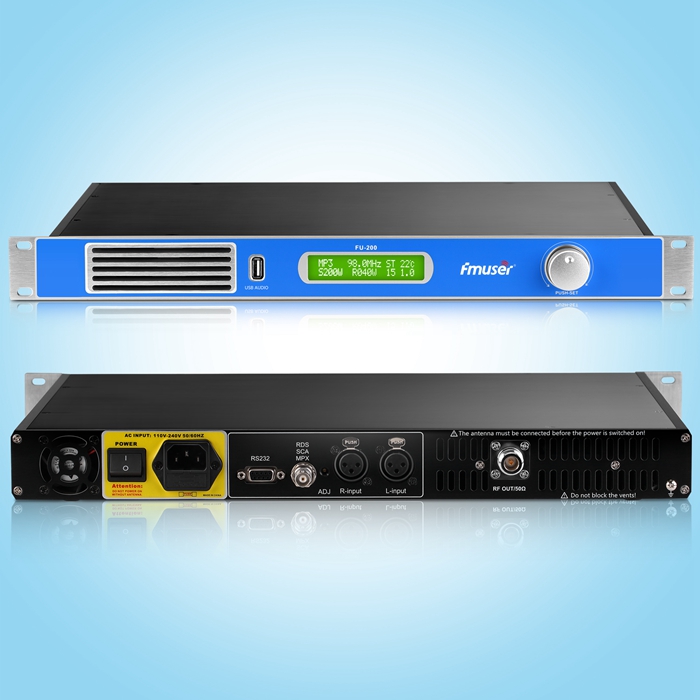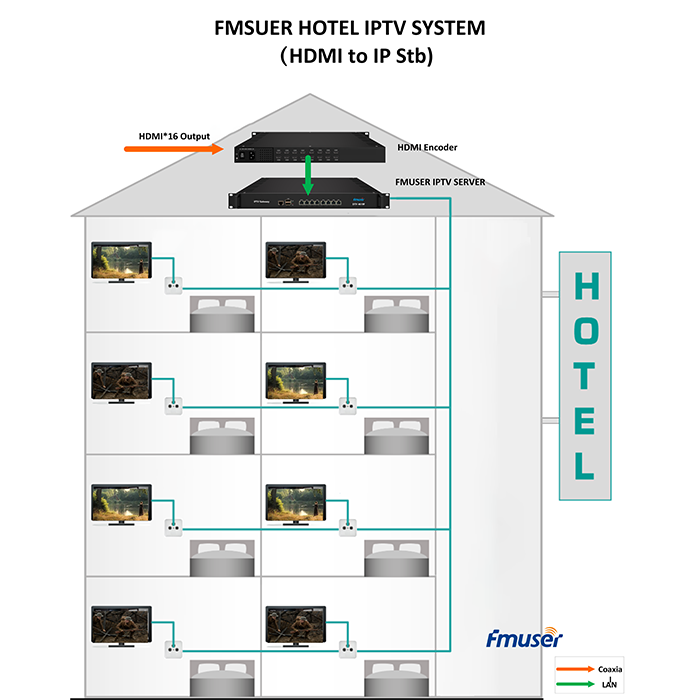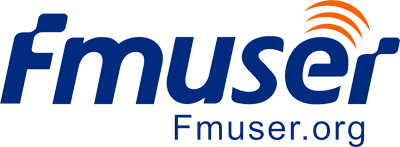Pulse Width Modulation (PWM) is a technique that uses a switch digital signal to control the amount of power transmitted to the electronic load. The key idea behind this technology is that the average DC value of the digital signal can be changed by changing the duty ratio of the signal, thereby changing the power transmitted to the load. This method is usually used to control the speed of the DC motor and the brightness of the lamp. The switching power supply is also based on PWM technology. In this tutorial, we will discuss the PWM pin of the Chipkit UNO32 board and describe the concept by controlling the brightness of the two external LEDs.
PWM
theory
Pulse Width Modulation (PWM) is a signal that pulses through energy transfer energy instead of a continuous change. The output power can be controlled by increasing or reducing the pulse width (the frequency remains unchanged). A portion of the time period of the signal opened is called the duty cycle. The average DC value of the signal can be changed by changing the duty cycle. The duty cycle can be between 0 (signal always turned off) to 1 (signals turn over) anywhere. It is assumed that if the signal is +5 V when the signal is turned on, it is 0 V when the state is turned off, and any voltage between 0-5 V can be simulated by changing the duty cycle of the signal. This method is usually used to control the speed of the DC motor and the brightness of the lamp. The principle of PWM is shown below.
PWM
Circuit settings
Circuit settings
Real settings on the breadboard
Sketch
You can use AnalogWrite to generate a PWM signal () command in the Arduino platform. In parentheses, you can specify the pin number and the required duty cycle (0-255). The duty cycle "0" means that "255" is always turned on. When you call analogWrite (), a stable square wave having a specified duty cycle will be generated on the specified PWM pin. The figure below uses the changed duty cycle PWM signal to control the output power passed to two LEDs. Two LEDs alternately fades and fades, which means that when an LED is in the peak intensity, the other LED has dim, and vice versa.
INT redled = 3; // red LED is connect to Pin 3
INT Greenled = 5; // Green LED IS Connected to Pin 5
INT redcount = 255; // Initial PWM Values, Red Is Full
INT Greencount = 1; // Green Is Dim
INT i = 0;
Void setup ()
{
PinMode (Redled, Output);
PINMODE (Greenled, Output);
}
void loop ()
{
IF (i "255) // first Phase
{
Redcount = redcount-1; // red down
Greencount = Greencount + 1; // Green Up
}
ELSE IF (i "509) // Second Phase
{
Redcount = redcount + 1; // red up
Greencount = Greencount-1; // Green Down
}
ELSE // RE-SET
{
i = 0;
}
i + = 1;
AnalogWrite (redled, redcount); // write current values to LED Pins
AnalogWrite (Greenled, Greencount);
DELAY (10); // Pause for 10 MilliseCond
}
Output
The duties in the program are changed from 1 to 255 in 1. First, the red LED is driven by a PWM signal having a duty cycle of 255, which means it will be fully open. The duty cycle of the PWM signal that drives the green LED is 1, which means its strength is minimal. In every 10 ms, the duty cycle of the PWM signal of the red LED is reduced by 1, and the duty cycle of the green LED is increased. After about 2550 ms, the brightness condition is reversed and the green LED is fully lit. Repeat this operation to alternately generate fade in and fade out.
Fade in and out
The red LED is in the maximum strength, and the green is dark.
The green is in the maximum strength and the red is light
The working current of the LED is very low, so it can be driven directly from the PWM output of the UNO32 board. For DC motor control, an external motor driver circuit (e.g., an H bridge) is substantially enlarged from the low current PWM signal emitted from the microcontroller pin to provide sufficient current to drive the motor's high current PWM signal.
Editor in charge: WV, read full text
Our other product:


